How To Reverse Coronary Artery Disease With Lifestyle Measures
Dr. Paddy Barrett
DECEMBER 19, 2023
Reversing or regressing coronary artery disease is possible. You cannot eliminate the plaque entirely, but multiple clinical trials have shown plaque regression using high-intensity cholesterol-lowering treatments, which I have discussed previously. Subscribe now 1 Pathophysiology of Coronary Artery Disease.



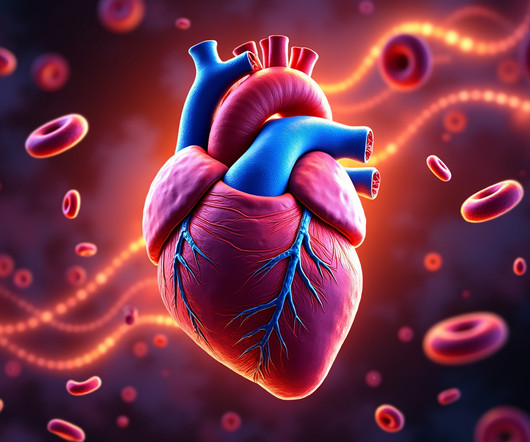

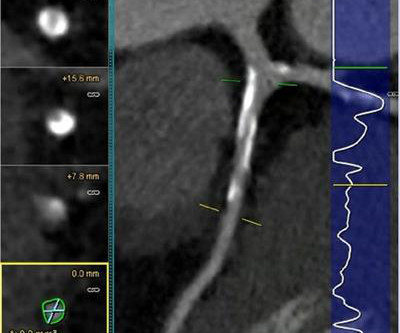
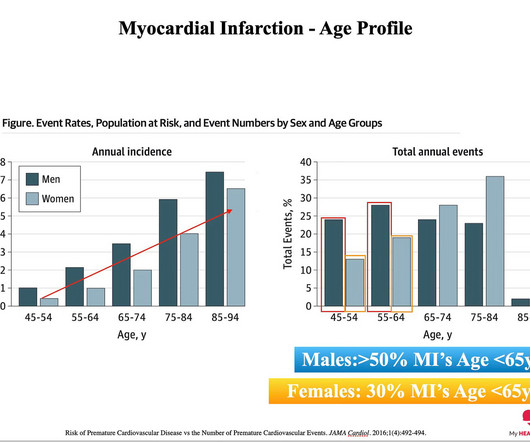





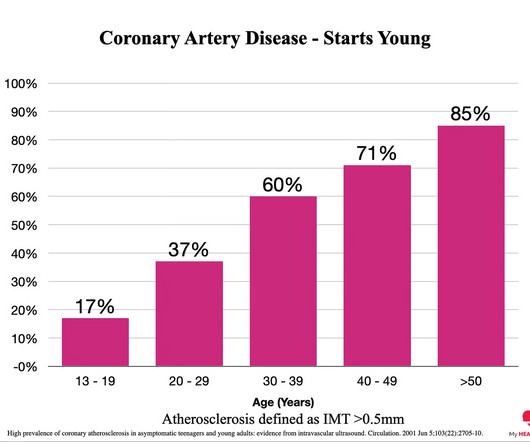






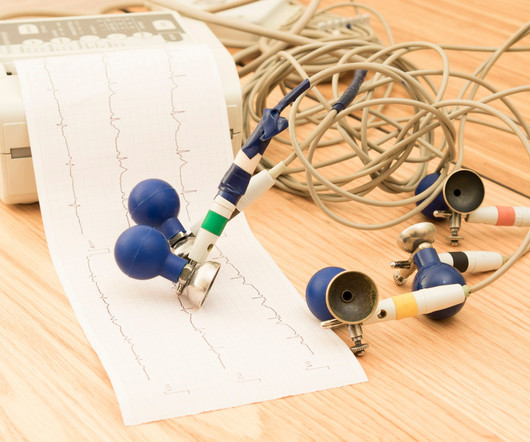








Let's personalize your content